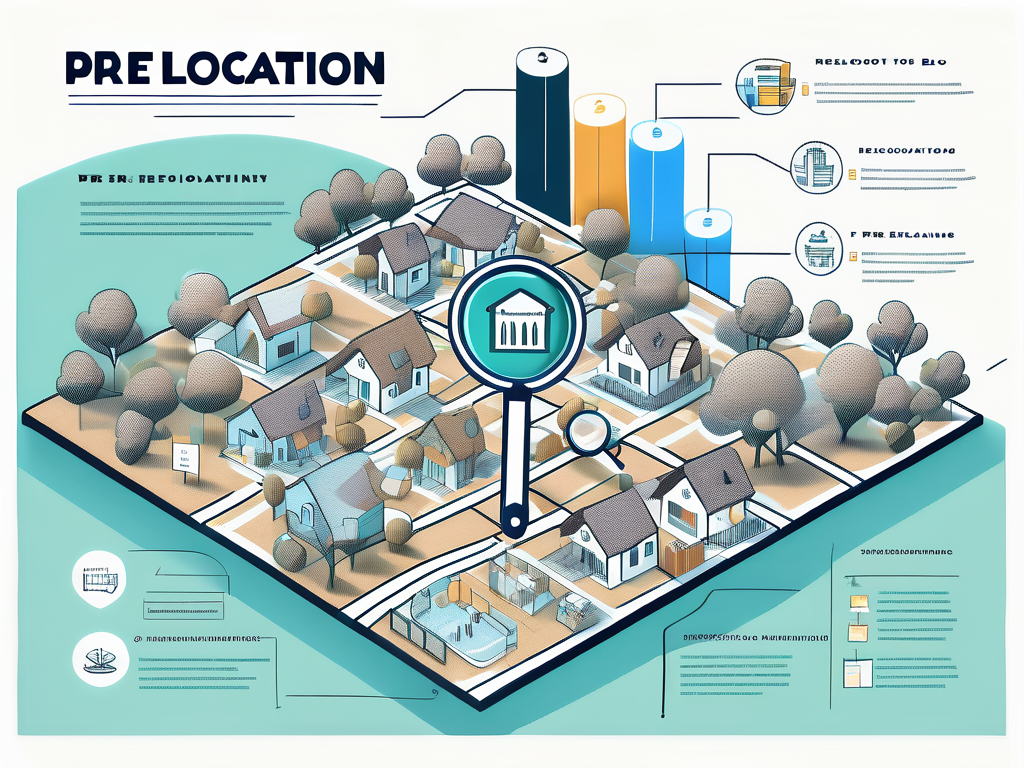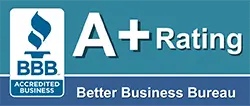Coordinating a multi-stage relocation can seem daunting, but by breaking it down into manageable parts, it becomes much easier to navigate. This guide will help you understand the fundamentals of multi-stage moving, provide actionable insights on planning, executing, and evaluating the process, while also highlighting common pitfalls to avoid along the way.
Understanding the Basics of Multi-Stage Relocation
Before diving into the specifics, it’s essential to grasp what multi-stage relocation entails. This type of move usually occurs when individuals or businesses relocate in phases, often due to the complexity of the task, logistical limitations, or the need to minimize disruption. Multi-stage relocations can be particularly beneficial in urban settings where traffic congestion and limited access can complicate a single, large-scale move.
Defining Multi-Stage Relocation
Multi-stage relocation refers to the process of moving in various phases rather than in a single batch. This could involve relocating different departments of a company at staggered times or moving personal belongings over several weeks. Each stage requires careful planning and execution to ensure everything goes smoothly. For instance, a company might choose to move its IT department first to set up the necessary infrastructure before transferring other departments, ensuring that critical operations remain uninterrupted during the transition.
Importance of Proper Coordination
Proper coordination during a multi-stage relocation can significantly impact the overall success of the move. Effective communication, scheduling, and resource allocation can help prevent chaos, reduce stress, and minimize downtime, especially for businesses that rely on a seamless transition to maintain operations. Additionally, having a dedicated project manager to oversee the entire process can streamline efforts, allowing for quick adjustments to the plan as unforeseen challenges arise. This proactive approach not only enhances efficiency but also fosters a sense of confidence among employees and stakeholders, knowing that the move is being handled with expertise.
Challenges of Multi-Stage Relocation
While multi-stage relocation offers numerous benefits, it also comes with its own set of challenges. One significant hurdle is the potential for miscommunication between teams, which can lead to delays or misplaced items. To mitigate this risk, establishing a centralized communication platform where all stakeholders can access updates and share information is crucial. Furthermore, the logistical complexities of scheduling multiple moves can strain resources, making it essential to have a well-thought-out timeline that accommodates all phases without overwhelming the moving team.
Benefits of a Phased Approach
The phased approach of multi-stage relocation can also provide opportunities for testing and refinement. For example, after the first phase, feedback can be gathered from employees about the new workspace, allowing adjustments to be made before subsequent phases. This iterative process helps create a more tailored environment that meets the needs of the workforce, ultimately leading to higher satisfaction and productivity levels. Moreover, spreading the move over time can ease financial pressure, allowing for budget adjustments and more strategic allocation of resources as each phase unfolds.
Pre-Relocation Planning
Planning is perhaps the most critical phase of any relocation. A well-structured pre-relocation plan can serve as a roadmap, ensuring that no important aspect is overlooked. This section will cover how to create a comprehensive plan and identify key stages in the relocation process.

Creating a Comprehensive Relocation Plan
The first step in pre-relocation planning is to compile all necessary information into a comprehensive plan. This should include timelines, budget estimates, resources required, and team responsibilities. Utilizing project management tools can facilitate this process, allowing everyone involved to stay informed and aligned on goals.
Make sure to include a checklist of tasks to be completed before and during the relocation. This could involve securing quotes from moving companies, setting deadlines for packing, and arranging for utility transfers. The more detailed your plan, the less likely you are to encounter unforeseen obstacles.
Identifying Key Stages in the Relocation Process
Dividing the relocation into stages can help in managing resources better. Typical stages in a multi-stage relocation might include planning, packing, moving, and unpacking.
- Planning: Finalizing schedules and contracts.
- Packing: Organizing belongings stage by stage.
- Moving: Executing the physical move to the new location.
- Unpacking: Getting everything settled and organized.
By recognizing distinct stages, you can allocate resources and personnel more effectively, which is crucial for a smooth transition.
Implementing the Relocation Plan
Once the planning phase is completed, it’s time to put your plan into action. Implementing a multi-stage relocation requires a high level of organization and the ability to adapt to changes.
Coordinating Different Stages of Relocation
During implementation, coordination between different teams is essential. Regular meetings and updates can help ensure that everyone is on the same page, while a shared online platform can facilitate immediate access to necessary documents and information.
Keep in mind that each stage can have varying challenges; hence, flexibility is key. For instance, if one department finishes packing ahead of schedule, it may make sense to shift resources to assist the next group. Clear communication will help streamline this process.
Dealing with Unexpected Challenges
No move goes perfectly according to plan; unexpected challenges are inevitable. Whether it’s a delay in moving trucks or an unforeseen logistical issue, it’s essential to remain calm and prepared.
A contingency plan should be part of your overall strategy. This means having alternative options for resources, backup contact numbers, and a bit of buffer time built into your schedule. A proactive approach can make all the difference in navigating challenges smoothly.
Post-Relocation Considerations
The relocation process doesn’t end once you arrive at your new location; several important post-relocation considerations must be addressed to ensure a successful adjustment.
Evaluating the Success of the Relocation
After completing the move, it’s beneficial to evaluate its success. This involves looking at whether the relocation met its objectives, stayed within budget, and adhered to timelines.
Gather feedback from team members and analyze any issues that arose during the process. Creating a report summarizing successes and areas for improvement can be invaluable for future moves and helps establish a culture of continuous improvement.
Tips for Settling in After Relocation
Once you’ve moved into your new space, it’s time to settle in. Organize your new environment to support both productivity and comfort. For businesses, this may involve arranging workstations efficiently, while families might focus on personalizing their living space.
Encourage team members or family members to help one another acclimate, whether through social events, team-building activities, or simply sharing tips about local amenities. Building community in your new environment can accelerate the settling process.
Common Mistakes to Avoid During Multi-Stage Relocation
While every relocation effort is unique, some frequent mistakes can hinder the moving experience. Recognizing and avoiding these common pitfalls is critical for a successful multi-stage move.
Overlooking Important Details
In the hustle and bustle of planning a move, critical details often get overlooked. This might include finalizing address changes, notifying service providers, or ensuring that essential documents are packed last for easy access.
To avoid this, incorporate detail-oriented checklists into your moving plan. Regularly update and review these lists, assigning team members specific roles to ensure thoroughness. Every detail counts in creating a seamless transition.
Failing to Communicate Effectively
Lack of communication can lead to misunderstandings and increased stress levels. It’s essential to establish clear channels of communication among all parties involved in the relocation process.
Utilizing collaborative tools for project management and keeping everyone informed through regular updates can foster a sense of teamwork. Make sure everyone knows who to contact for any specific issues and encourage open discussion to ensure that concerns are addressed timely.
By taking the time to plan, coordinate, and execute properly, you can make your multi-stage relocation a smooth experience. Avoiding common mistakes, preparing for unexpected challenges, and focusing on communication will significantly ease the overall process. Happy moving!
















